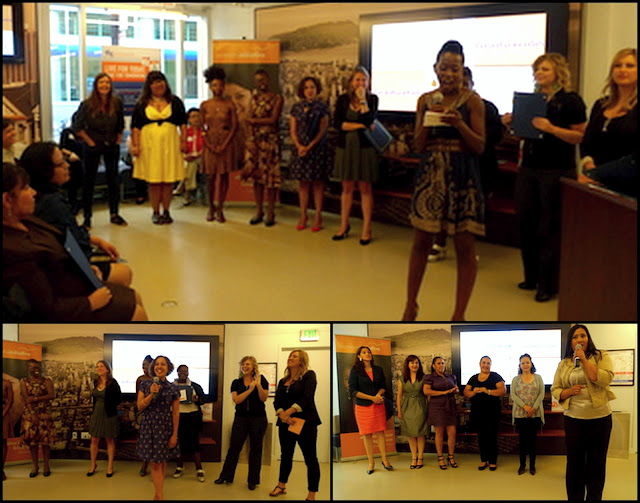By Elizabeth Krueger, Summer Fellow (@elizlk)
You may have heard that Women’s Initiative partnered with Circle Bank to make loans to Women's Initiative graduates. Now in its second year, the program is expanding, and is a win for all concerned. Why does this partnership make so much sense?
Under Community Reinvestment Act (CRA) regulations, banks are required to provide a portion of their investments/services to underserved communities in areas where the banks do business. This can range from helping to finance low-income housing projects, to providing low-fee services. Microlending can also meet CRA requirements, but the effort to do underwriting (background & credit checking, and business plan due diligence) can outweigh the small loan amounts, which range from $1,000 to $50,000 currently. (Typical bank loans tend to start at $500,000.) The bank regulatory requirements for tracking the risks of their loan portfolios can also add to costs. These combined underwriting and regulatory costs discourage banks from microlending as part of their CRA activities.
In the Circle Bank partnership, Women’s Initiative is able to offset the underwriting costs. The Women's Initiative financial services team does the necessary work to ensure the borrower meets the agreed underwriting standards, and provides the documentation to Circle Bank. Because Women's Initiative has an existing relationship with the borrowers, the underwriting effort required is lower than if the bank were to do it directly, so the process overall is more efficient.
Through the Circle Bank/Women's Initiative partnership, more Women's Initiative graduates have access to appropriate loans for starting or expanding businesses. This increases the impact of women in their communities and families, helping more women on the way to economic self-sufficiency.
It’s a win-win-win proposition that more banks and microenterprise service providers should consider:
- Circle Bank wins by meeting CRA needs and helping grow its customer base
- Women’s Initiative wins by meeting financing needs of more graduates by providing underwriting at lower costs than banks could
- Women’s Initiative graduates and their communities win by getting access to capital for new and growing businesses, and the positive ripple effects they generate.





